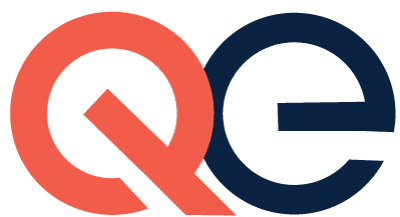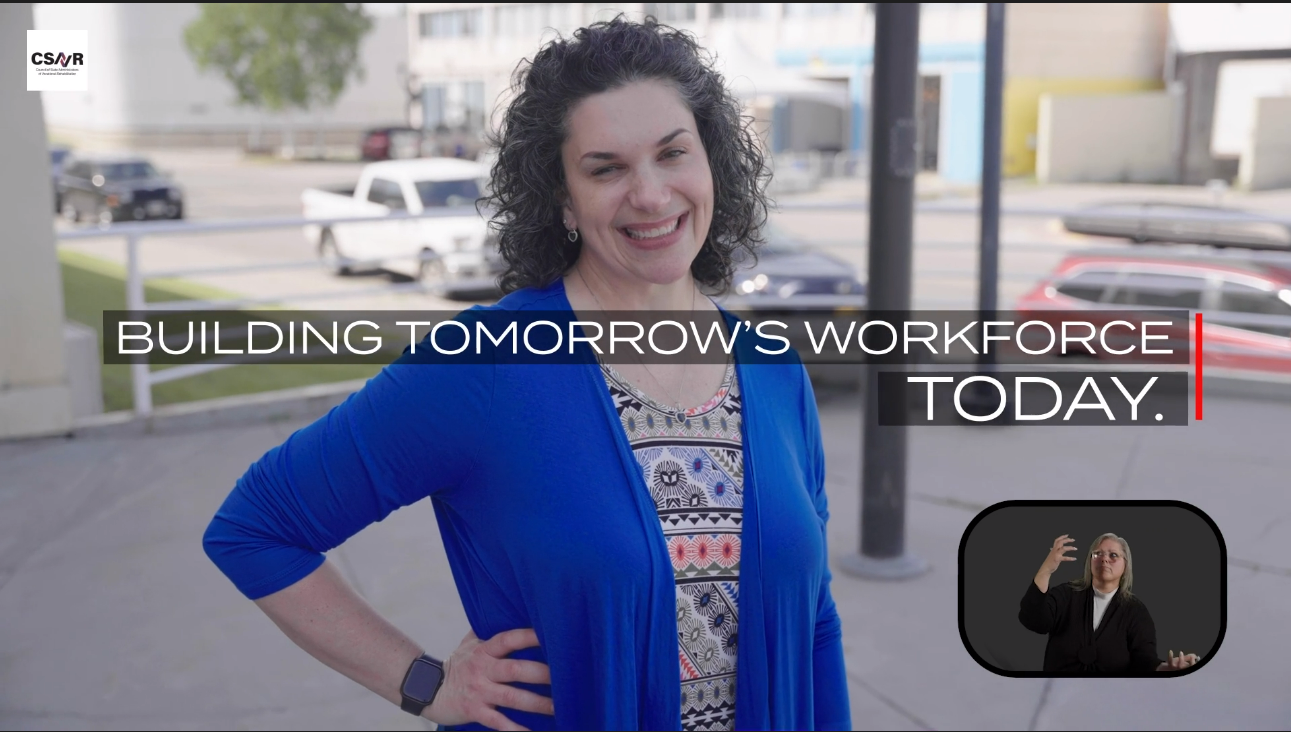The pandemic caused a seismic shift in the world of work. Businesses and workers had to reinvent the workplace practically overnight. Although some companies are trying to return pre-pandemic operations, there are many ways that COVID changed the business landscape forever. In the wake of all this upheaval, employment experts are forecasting what the work world might look like in 2023.
Some themes emerging include a continued focus on flexibility and autonomy; training and upskilling to address labor shortages; continued expansion of diversity and inclusion efforts; embracing a virtual reality; and responsive retention efforts around compensation and wellbeing.
As younger generations join the workforce and the middle generations begin to move up into senior positions, they will bring new values with them. Observational experience seems to suggest that this will result in
workplace cultures that are more accepting of diversity and
tolerant of individuals’ expectations of flexibility in their working lives.
Source: Forbes
Flexibility and Autonomy
In 2023, experts believe that both remote work and hybrid work will remain an option; however, employers and employees need to refine what it will look like and how it will work. When workers were quarantined, many of them found that they had a better work/life balance. Choice - both in work location and working hours - gave them freedom to make work fit around their lives: especially if they were taking care of a loved one. This autonomy increased worker happiness and, contrary to expectations, led to a boost in productivity.
In the wake of COVID, 58% of employees get to work remotely at least one day of the week, and 38% are fully remote. In addition, 2023 will see some U.S. companies piloting four-day work weeks – following the lead of several other countries. Employees are responsible for the same amount of work, in terms of output, and non-productive activities are culled from job duties. This new paradigm has resulted in a positive impact on employee health and wellbeing. Flexibility also attracts top talent for companies who are recruiting.
With autonomy come some concerns. One of them is IT security. With different workers connecting to the office from various locales and from different kinds of devices, information can be at risk. Businesses worry about the integrity of proprietary information, while employees are troubled by potential privacy violations.
Training and Upskilling
With the skilled labor shortage, many employers are uptraining current staff, adding training and career mobility opportunities within the company. Not only is it a good investment for companies, training is important to workers as well. Experts say that 83% of workers rank upskilling as their top priority for 2023, and 74% say they are willing to leave their current jobs because of a lack of skill building opportunities.
Employees, on the other hand, are concerned that their skills have gone stale (58%), that they are unprepared for the future of work (70%), are motivated (89%) – or are already working on (88%) – improving their skills.
Diversity
In the current economy, job seekers are in the driver’s seat. That means they can shop around for companies that are aligned with their values, are inclusive, and are dedicated to diversity. In response, companies are ramping up their Diversity, Equity, Inclusion, and Belonging initiatives.
According to Forbes, two-thirds of current job seekers look for workplaces that value diversity. In addition, 83% of millennial workers report being more engaged when a company’s diversity game is strong.
Virtual Reality
Although many employees have found remote work rewarding, companies still want to cultivate a cohesive employee culture, a supportive team environment, and a distinct company identity.
During the pandemic, a vast majority of companies quickly adapted to the video meeting format. Some companies are taking it a step further and investigating the possibility of virtual reality spaces where worker avatars can meet up, collaborate with colleagues and teammates, and feel more connected with their companies.
The development of this technology is just getting underway, but it is hoped that – by offering a common gathering space – employees can feel like part of the team, and be less susceptible to the isolation and loneliness some of them report.
Compensation and Wellbeing
Finally, the top priority for workers is boosting income. Right now, over half of employees want opportunities for overtime, 38% are looking for a second job, and 37% are looking for a new job with better pay. Employees have left the workforce in droves and, as a result, businesses have increased their salary budgets by an average of 4.1% - a 20 year high.
To retain employees, 70% of employers are planning enhancements to their benefits packages – including programs to boost employee financial wellbeing. Research shows that financial stress has a direct impact on productivity. One source estimates that employees spend nine hours of their work weeks dealing with financial issues.
Health benefits are another area that employers have improved in an effort to retain current employees and attract top talent. Experts say that 41% of companies offer low- or no-deductible health plans.
Businesses have also expanded their mental health support efforts. Estimates show that 59% of workers have experienced negative mental health issues due to work stress. For job seekers, 81% say that mental health support is an important factor when considering job offers. To help employers address some of these issues, the U.S. Surgeon General recently released the guide “Framework for Mental Health and Wellbeing in the Workplace.”






